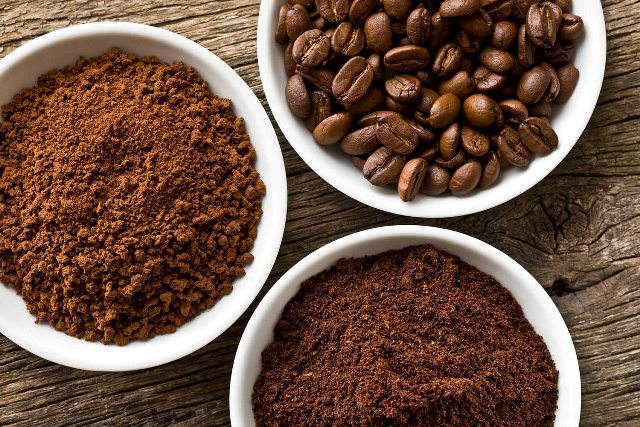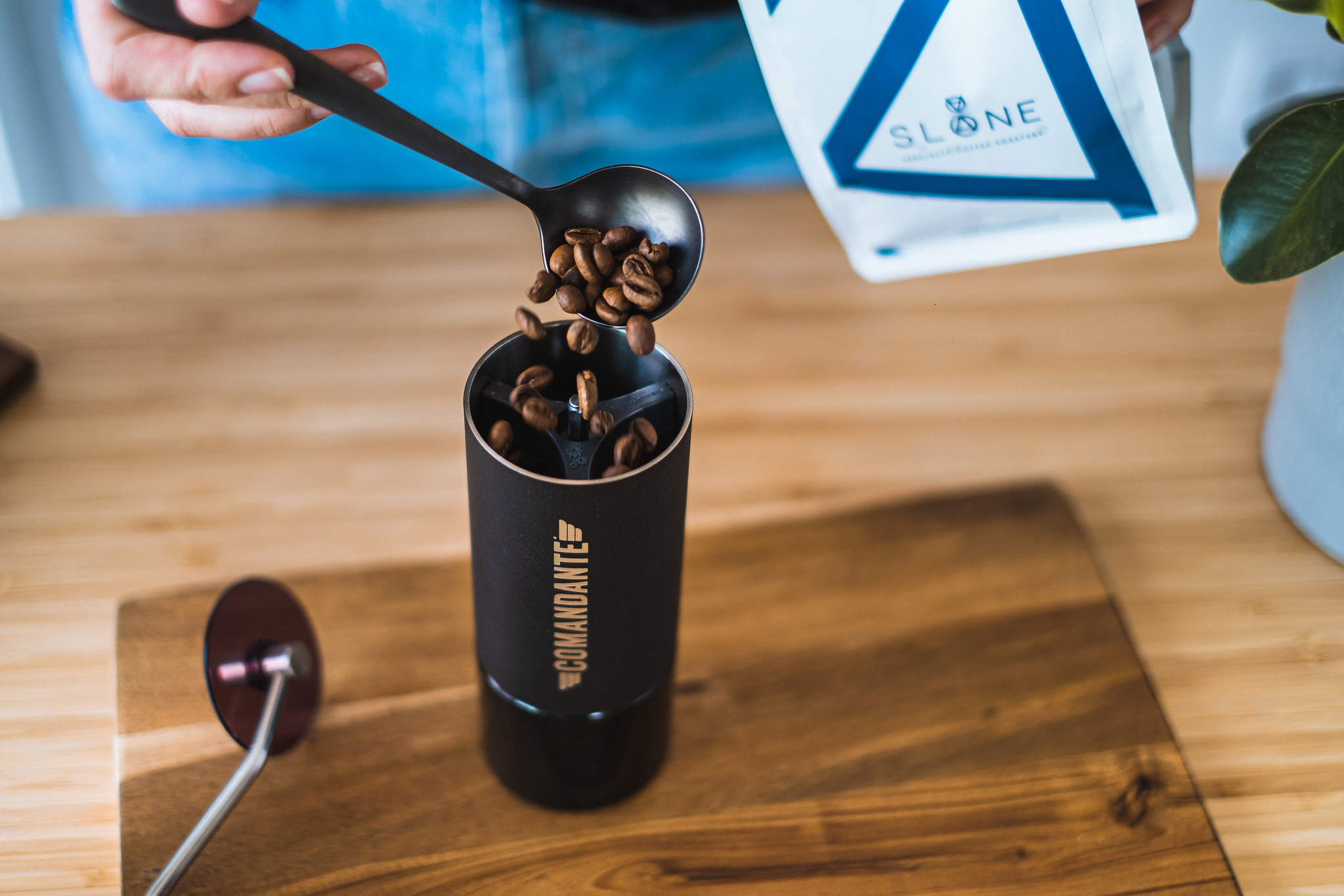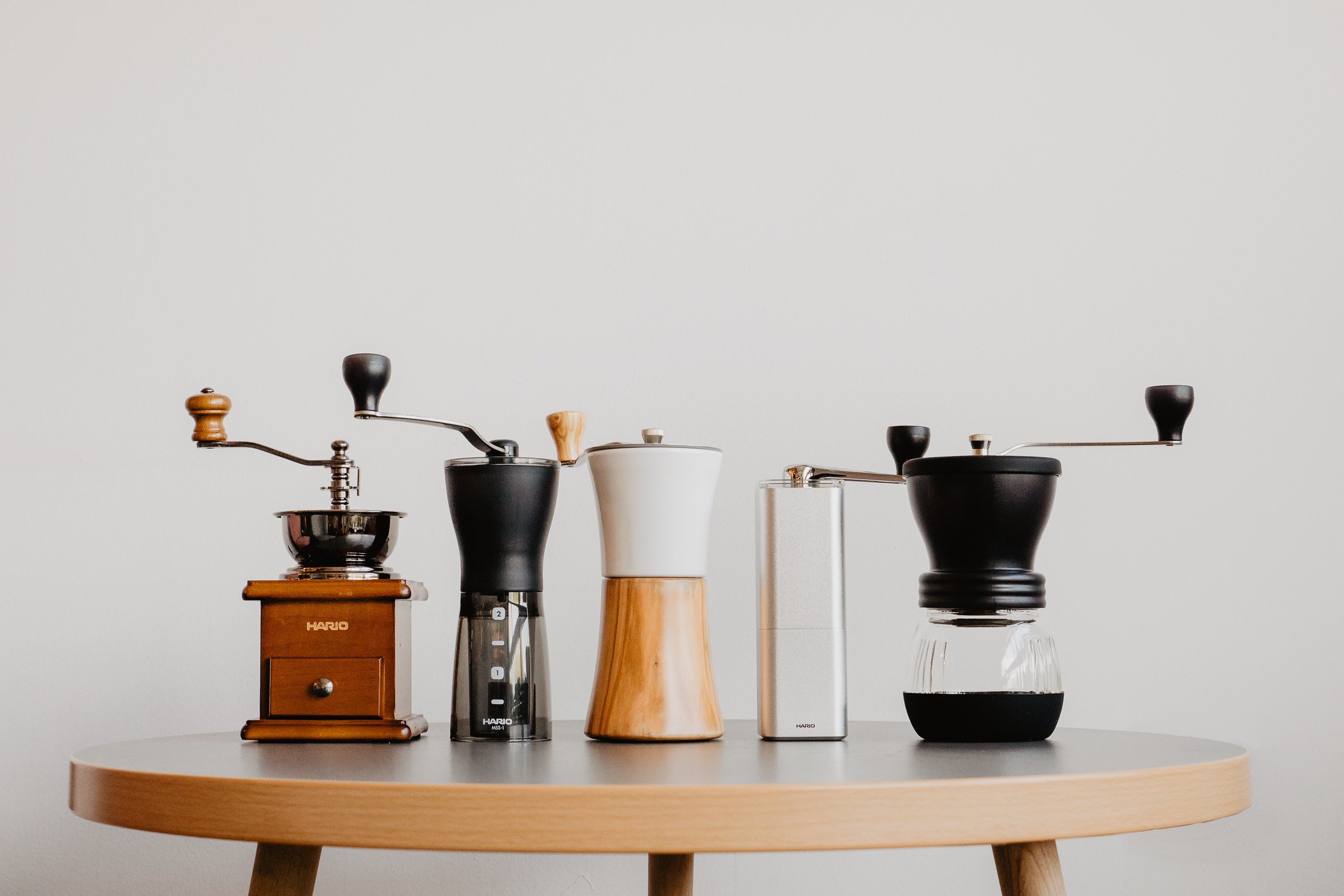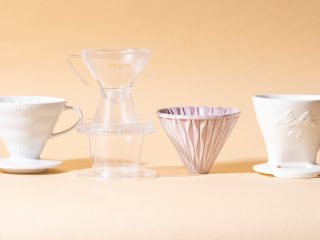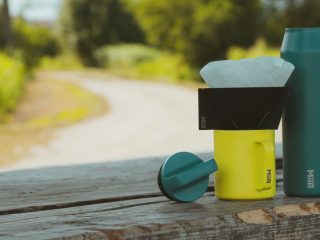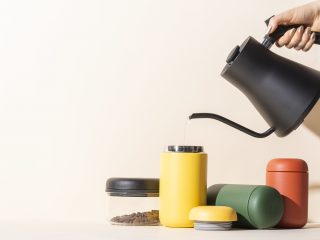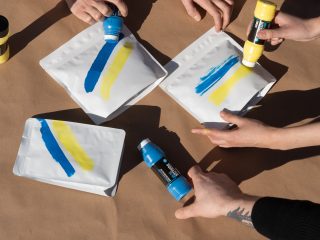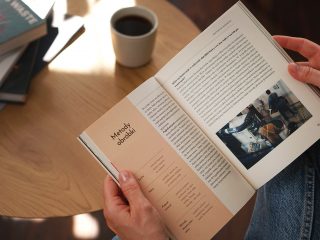You want good coffee? You can have a super expensive coffee machine, fancy cups designed by professional baristas and those top notch specialty beans that will get 90 out of 100 points. But it all comes to nothing if you don’t have a coffee grinder or have a, well, shitty one.
A grinder is an absolute must.
There is just no other option, you cannot skip that part – if you want to invest in good coffee, a proper grinder needs to be included in your budget. Of course, we should now define what exactly does “budget” stand for (or how much) and why is it so much (as it may seem).
Regardless of whether you want a rich espresso or a Chemex infusion, you will need a grinder. Period. Unfortunately choosing the right grinder for your needs is not an easy thing – it’s a rather complex matter.
Do I REALLY need that grinder?
YES. First thing you need to know is that ground coffee only comes for a handful of brewing methods – usually for a simple act of drowning it in hot water or using in a traditional coffee pot. It won’t be suitable for either espresso (it’s too coarse, resulting in a watery, tasteless concoction), drip or chemex (too fine – it will end up clogging the filter, prolonging the brewing itself and resulting in a rather bitter coffee).
Second, it only takes over a dozen minutes for the ground coffee to lose over half of its flavor and aromas (even up to 75!) No vacuum pack, tight seal or super hermetic food containers will help with that.
Third, notice that no good coffee is ever sold ground, it only comes in beans. Ground coffees are typically low quality beans or even chicory (which, to my knowledge, is surely NOT coffee).
Fourth, you sure can find a temporary solution – grinding over at a grinder-owning friend, in a nearby speciality cafe or elsewhere. That way you can grind for a specific brewing method and grind only as much as you need in the nearest future. I’ve read somewhere that it is better to grind more coffee in a really good grinder (for 2 days in advance), than grind it for each cup in a lousy grinder. Still I can’t imagine it’s something you can do too often – even the best barista friend can’t be bothered with your lack of grinder for too long.
Ergo… Get a grinder. It’s worth it. And absolutely necessary.
Burr grinder
The basics – a burr grinder, none other. For coffee to be ground properly it needs to go between the burrs, which are two elements that actually grind coffee instead of chopping it. Chopping beans happens if you use a grinder that has knives instead of burrs. Please don’t even bother with those if it is good coffee that you’re after.
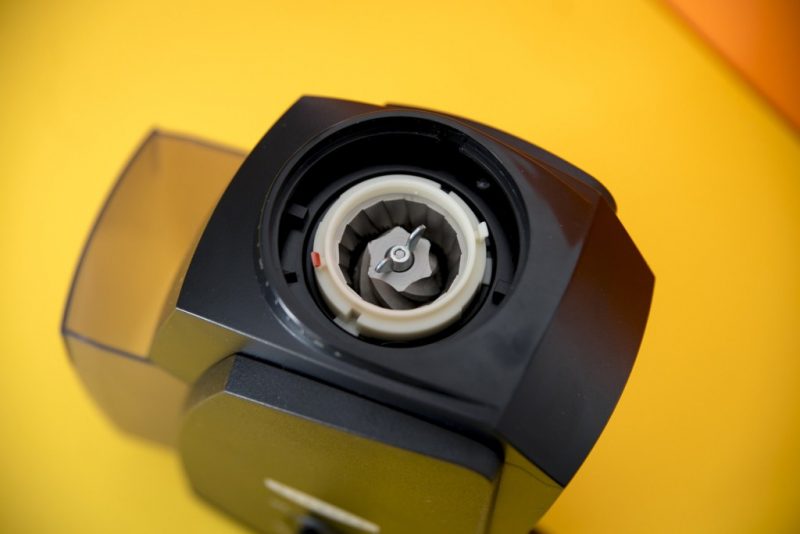
Good grinding means coffee was ground in (rather more than less) equal bits, with as little residue dust as possible. A knife grinder will never do that. What it will do is chop your coffee to uneven pieces that just won’t result in good coffee no matter how you brew it. It’s somewhat like putting your coffee in a blender, without applying any coarsness levels. Unfortunately this type of grinder is the one most often found in chain stores and supermarkets. They won’t cost you much, as the price usually oscillates around 25 EUR, but let’s face it – it’s just a waste of money.
Burrs can have different forms. They can be flat or conical, steel or ceramic (although one might find some other materials too now). Cone-shaped burrs can be found in hand grinders or budget-friendly electronic grinders, but also in a very top notch electric ones such as Mazzer Robur. Flat ones are a standard solution in middle and upper class electric grinders (Eureka Mignon, Atom, Mazzer Mini, Baratza Forte).
Which ones are better? Well that is the ongoing feud between coffee geeks. Cheap grinders will have cone-shaped burrs because they are smaller, cheaper to make and easier to put inside. Good and expensive grinders will require a really precise burr assembly combined with a powerful engine and special rigid constructions. Thanks to that coffee is ground not only fast but really well.
Ceramic burrs are most often used in hand grinders. It’s a durable material, but due to its properties it’s hard to get super sharp burrs (thus hand grinders typically crush rather than grind). But for basic alternative brewing methods it is a perfectly satisfactory solution. Ceramic burrs are rarely seen in electric grinders, Baratza Vario being one of the few examples.
What you should pay attention to is diameter of the burrs. The principle is simple – the bigger, the better.
What is worth paying attention to is the burrs diameter. The principle is simple – the bigger, the better. It translates to how fast the grinder works and how well does it grind (less residue dust and even bits). Why is this important? Dust and uneven bits of coffee are a guarantee of a bitter coffee, killing the flavor nuances and problems such as prolonged brewing time. Of course, the sharpness is important as well. Fortunately if it’s a grinder for home-use the burrs will easily endure a good couple of years and can be easily replaced once their life span is over.
Alternative brewing grinders
Deciding to indulge into alternative brewing, one must focus on getting a grinder with quite a wide grinding regulation spectrum. Alternatives need different types of coarseness – always coarser than espresso – from rather fine one resembling white sand (for a coffee pot), through a slightly more rough Aeropress grind to something that looks like gravel (for Chemex).
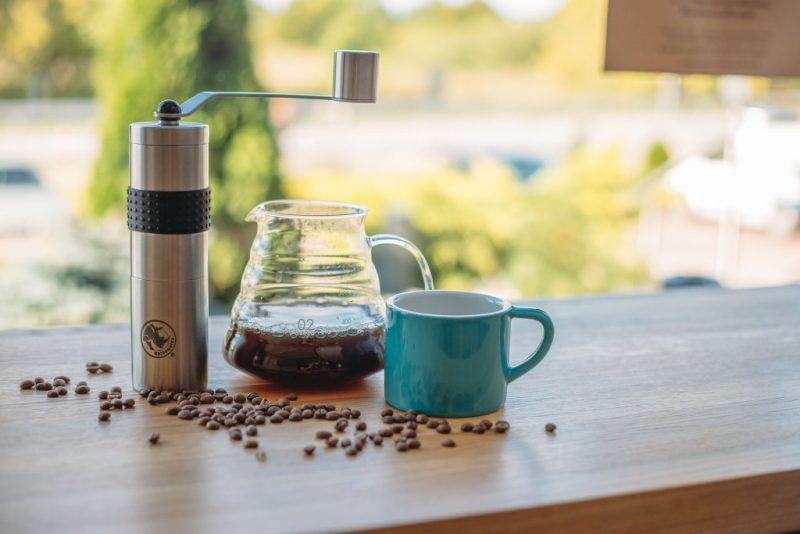
All hand grinders will work well for those methods. True, the coarser the grind, the bigger the difference between the bits. But that is just how hand grinders work. It’s the cheapest solution – a proper quality grinder can be bought for as little as 40-50 EUR (Rhinowares or Hario). Of course you can get something fancier, with a higher grinding quality, like Comandante, Lido or Zassenhaus, but those will be more expensive.
Alternatives need different types of coarseness – always coarser than espresso.
It’s a very good offer for beginners, those who don’t drink too much coffee and those who travel a lot. Hand grinding however requires some strength and time.
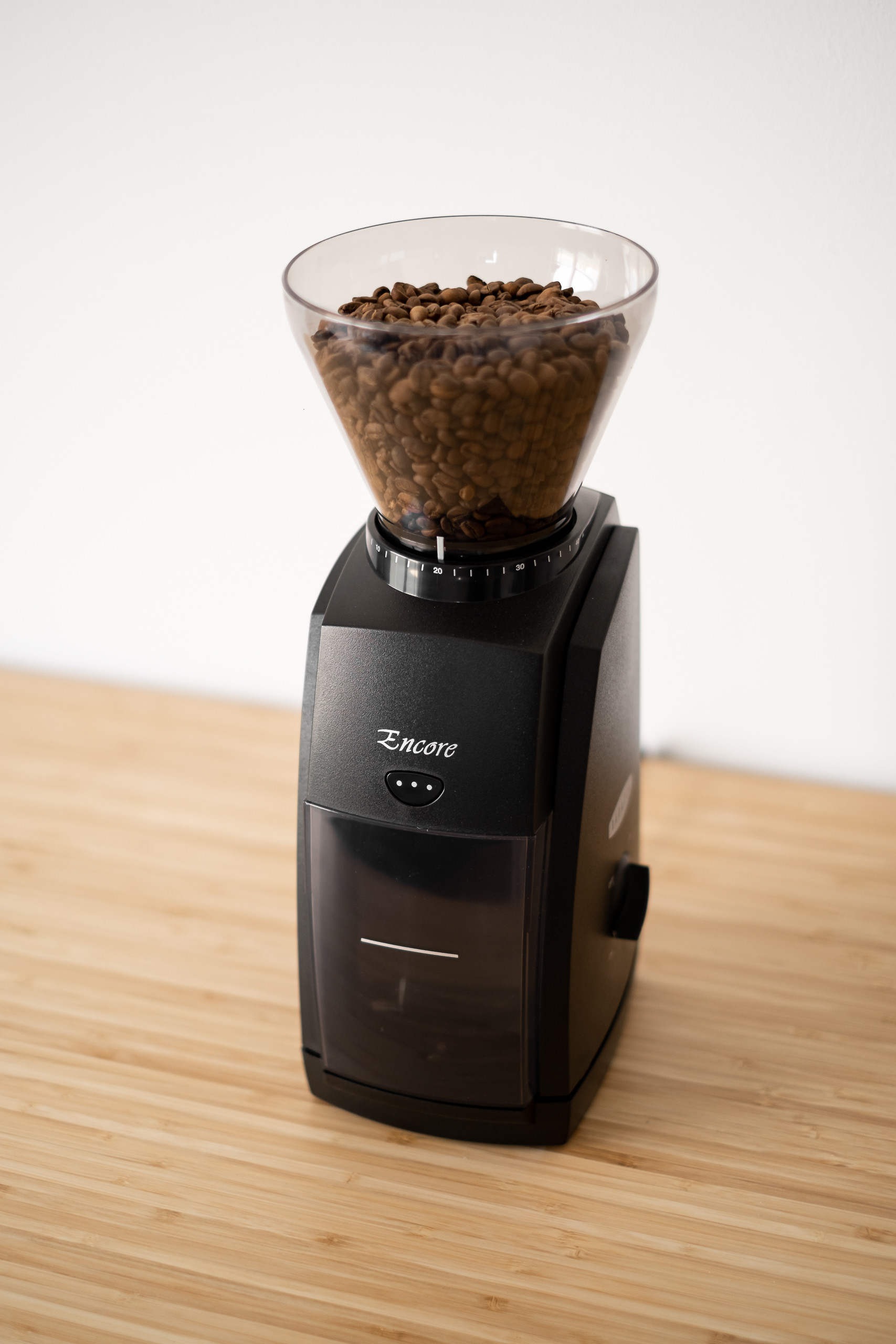
Electric grinders are always going to be more expensive than manual ones, but they offer an effortless grinding experience often paired with a better grinding quality. The most popular ones – Wilfa Svart and Baratza Encore – offer a nice price to quality ratio. If you are looking for something more powerful, with bigger burrs and more even grind (and a better end result in your cup), check out Baratza Forte, Vario or Eureka Atom.
Espresso grinders
As I mentioned before, espresso is a rather demanding brewing method. It requires the biggest investment and most knowledge and attention. A fine espresso machine is easily 300-500 EUR. Espresso grinders don’t come in cheap either and will surely cost you a good couple hundred euro, like Baratza Virtuoso. Still, it’s worth investing in a good grinder here, even if it means spending less on your coffee machine. It is the grinder that will play the biggest role in the end result. If your coffee is ground properly – fine, with no excess dust – even the basic espresso machine will deliver a beautiful, rich, naturally sweet cup of coffee that you yearned for.
A fun fact – a professional barista will ALWAYS start his work by setting the grinder and adjusting it to the most current conditions.
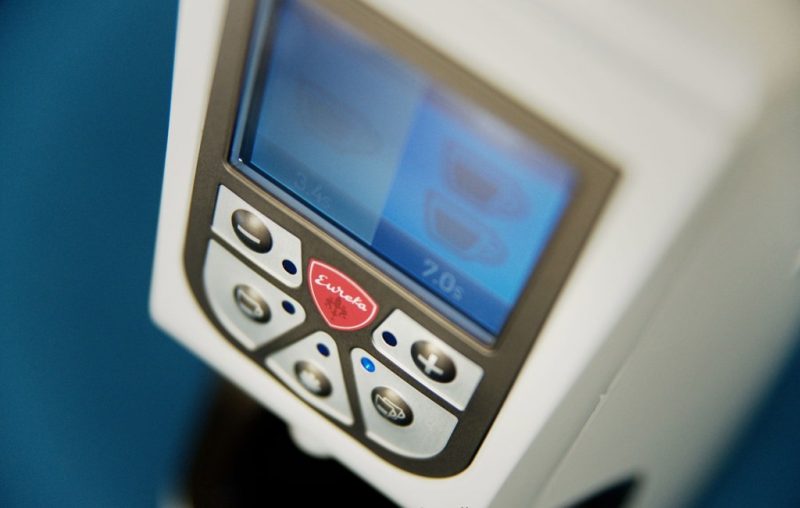
There really only is one rule – a cheap, not properly adjusted grinder and a fancy, super expensive espresso machine will not result in a good espresso. A good grinder and an ok espresso machine – the results can be really good.
What is a decent coffee grinder for the espresso? Flat burrs with a diameter of 50mm up will be a good idea. Additional options, such as timer grinding or programmable dosing, are also solutions worth attention. This saves time and coffee afterwards.
In addition
To wrap things up – grinders are not a demanding piece of equipment when it comes to maintenance. It’s enough not to put any flavored coffee inside. Those will destroy any burrs by slowly coating them in oily substances that those coffees are packed with. I can guarantee using this type of coffee just this one time will result in many more creamy fantasy or strawberry and chocolate tasting coffees. When it comes to proper grinder maintenance it’s enough to clean it with compressed air and remove the burrs in order to clean them with a brush and remove residue oils with pure alcohol.
Once again – a grinder is a long time investment that will stay with you for years to come. Or until you decide to get a better one.
A short guide – what do I buy?
It may be difficult to get a grip on all the grinder nuances at first. Below you will find a short guide to what can you buy and why.
Hand grinders good for use at home:
Hario Skerton – Rather large, handy and very popular among beginner home baristas.
Porlex Tall – Allows to grind more coffee at once, hence it’s good if you are planning to make coffee for more people. Porlex is a good and well appreciated construction.
Handground – Good choice between the cheap and the top notch options. Best for alternatives.
Zassenhaus Guatemala – A fine grinder for home use, with steel burrs and nice design.
Orphan Lido Espresso – A high class hand grinder. Solid, stable, with a very interesting design. Has a wide range of grinding, but best for espresso and coffee pot.
Comandante C40 Mk3 – Though relatively new, it’s already a legend. The grinding champion among grinders. Better than many electric ones. Good for both espresso and alternatives.
Good for those who travel:
Porlex Mini – Exactly the same as Porlec Tall, but smaller. Will fit literally everywhere.
Cafflano – While not exactly a grinder, or rather not JUST a grinder, Cafflano is a combination of a ceramic grinder, drip and thermal cup. Worth considering if you really traveling a lot..
Rhinowares – A very popular choice, equipped with ceramic burrs. It’s basically like Porlex, but with a more rigid construction that allows for a better grinding quality.
Orphan Lido 3 – A top-notch grinder, extremely precise and with a very even grind. Recommended for alternatives. Comes with a steel case, irreplaceable during transport.
Electric grinders for alternatives:
Wilfa Svart – An undisputed bestseller. A compact electric grinder that will satisfy the needs of most home baristas. Very good price/quality ratio. The newer model has a slightly slower engine, resulting in better coping with harder grains.
Baratza Encore – Almost as popular as Wilfa, Baratza is a good choice for beginners. Slightly louder than Svart, but provides a more even grind.
Baratza Vario – Good for both alternatives and espresso.
Eureka Atom – It’s not cheap but it is very good for alternatives (although suitable for espresso as well). Big burrs, quiet, and delivers great results when it comes to grinding.
Espresso grinders:
Baratza Virtuoso – One of the cheapest options for espresso.
Baratza Vario – Yes, the same we mentioned before – good for both alternatives and espresso.
Eureka Mignon – A very popular choice among espresso lovers. Good quality/price ratio, pretty design, neatly done.
Mazzer Super Jolly – A true icon among professional espresso grinders. Equipped with a powerful engine, electric dosage settings, timeless design. Just Mazzer SJ.

